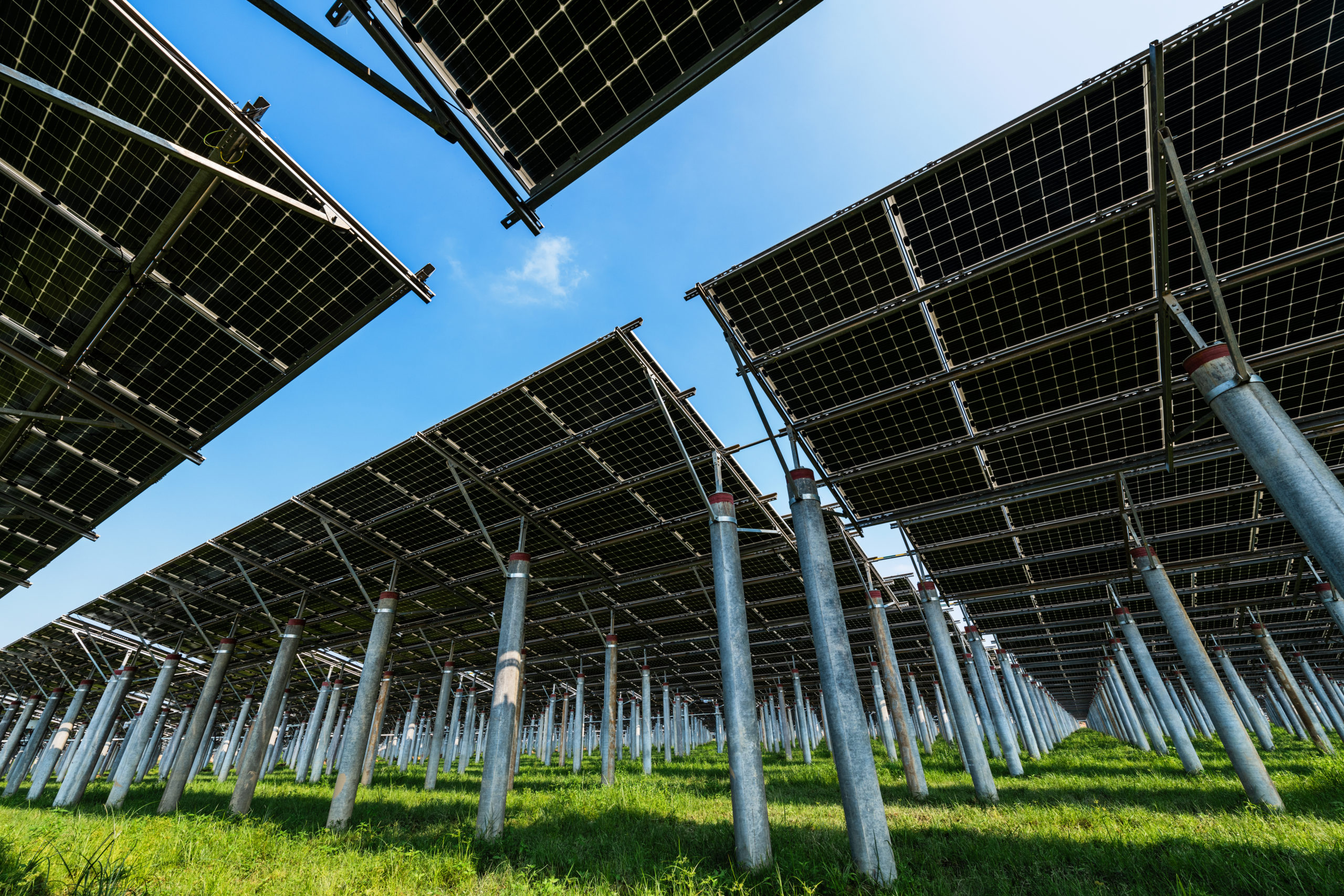

- Connectivity for power utility grids drivers#
- Connectivity for power utility grids driver#
- Connectivity for power utility grids download#
AWS in their 2021 Sustainability Report noted that they are well on the path to achieving their goal of powering their operations with 100% renewable energy by 2025. Netflix, the media streaming giant, points out in their sustainability report that in 2019, about 94,000 Megawatt hours (MWhs) were consumed by their content data centers, with an additional 357,000 MWhs provided by their internet service delivery partners like Amazon Web Services (AWS) and Google Cloud.
Connectivity for power utility grids drivers#
With demand for data center capacity on a continuous upward trajectory, there is an increasing focus on carbon reduction and environmental sustainability as major drivers for data centers.
Connectivity for power utility grids driver#
Cooling alone, a major driver of energy consumption, can easily amount to 20% or more of total costs. But chief among them is power, which is the single largest recurring cost of running a data center, accounting for 70% to 80% of the budget. When considering a build-out of a facility, many cost factors need to be taken into consideration, including design, construction and commissioning. With these data hubs, the challenges of supplying power, cooling the space, and increasing physical capacity continue to surface issues that data center operators need to manage. Having an electrical distribution service that is as modern as the technology that is housed within these facilities is an essential factor that must be provided for this critical market segment. In 2020, data centers globally accounted for nearly 1% of worldwide energy use.

to 86.6 Terawatt hours over the same timeframe, suggesting a significant shift toward the hosted data center model.

Major trends in energy demand for data centers worldwide indicate enterprise data centers have declined from 97.62 to 32.61 Terawatt hours from 2015 to 2021, while hyperscale centers have increased from 31.1. Power supply reliability and quality are of utmost importance to enable data centers to achieve the levels of performance needed to satisfy their primary customer’s needs and their end user’s expectations, which is for always-on and available service. The consensus is that any data center containing 5,000 servers, spanning a minimum of 10,000 square feet (930 square meters) and offering at least 40MW of capacity counts as a hyperscale facility. The technologies housed in these locations are sophisticated, complex and require significant systems to ensure highly reliable, secure and resilient operations - all of which depend on a continuous and consistent source of electricity.ĭata centers generally are categorized into three major categories, namely enterprise, cloud (non-hyperscale) and hyperscale. It is projected that by 2025, “every person in the developed world will have at least one interaction with a data center every 18 seconds of their lifetime.” Everyday tasks we can do on our smartphones, smart TVs and laptops are highly dependent on communications networks and back-office systems, most of which are hosted at major data centers around the globe.
Connectivity for power utility grids download#
Such strategic investment provides a return by protecting assets and communities from costly and potentially catastrophic wildlife interference.It is impossible to imagine being unable to access our banking information, pay bills online, search the web, download documents, get email, or stream our favorite programs - whenever and however we desire. Insulating and Isolating components help mitigating active threats and reduce the risk of outage and associated risk of fire related to wildlife interactions with energized lines.

Our product solutions can reduce fire risk related to wildlife and vegetation clashing with your substation or overhead lines. These occur when wildlife cause a phase to phase or phase to ground fault with their body. The interaction between wildlife and electrical equipment can have multiple outcomes from electrocution, to faults, to wildfires. Even small birds or rodents can cause problems by attracting larger predators. Animals climb around substations birds perch on transformers they are seeking a safe, warm place to shelter and nest. Possums, birds, rats, snakes and even squirrels are all capable of causing power outages. Network Reliability & Preventable Outages


 0 kommentar(er)
0 kommentar(er)
